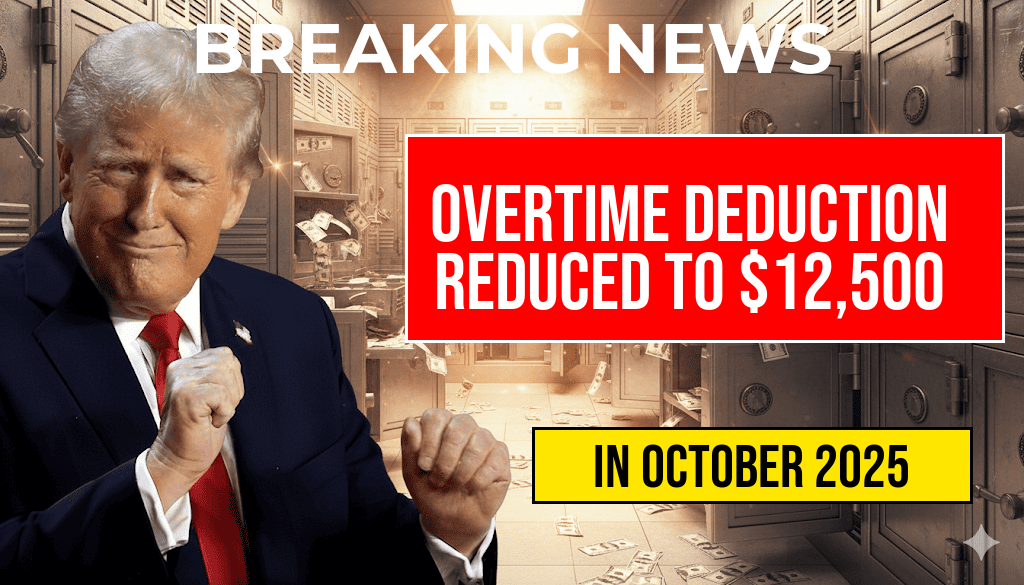The U.S. tax landscape is set to experience a significant shift with the temporary increase of the State and Local Tax (SALT) deduction cap to $40,000 for the next five years. Following this period, the cap will revert to the previous limit of $10,000. This policy adjustment aims to provide relief to taxpayers in high-tax states while balancing federal revenue considerations. The change, announced in recent legislative developments, marks a departure from the 2017 Tax Cuts and Jobs Act, which capped SALT deductions at $10,000, primarily impacting taxpayers in states with higher income taxes like New York, California, and New Jersey. Supporters argue the increase offers targeted relief, whereas critics contend it may favor wealthier households. As the new rule takes effect, understanding its implications for taxpayers and state budgets becomes essential, prompting analysis from financial experts and policymakers alike.
Details of the SALT Deduction Cap Adjustment
Temporary Increase to $40,000
- The cap on SALT deductions will be raised from $10,000 to $40,000 starting in 2024.
- This increase will be in effect for five consecutive years, ending in 2028.
- Taxpayers can deduct up to $40,000 in combined state and local property, income, and sales taxes annually.
Reversion to $10,000
- Beginning in 2029, the SALT deduction limit will revert to $10,000.
- This rollback aligns with the original cap established under the 2017 tax overhaul.
- The decision has sparked debate over fiscal policy and regional tax disparities.
Legislative Background and Rationale
Origins of the SALT Cap
The cap on SALT deductions was part of the 2017 Tax Cuts and Jobs Act, which aimed to offset the cost of broad tax cuts by limiting certain itemized deductions. High-tax states challenged the fairness of this restriction, arguing it disproportionately impacted residents in states with higher income and property taxes. The cap was intended to curb federal revenue losses but faced criticism for its regional impact.
Legislative Changes and Political Dynamics
The recent policy shift emerged as part of broader negotiations over federal and state fiscal priorities. Lawmakers from high-tax states lobbied for relief, citing economic disadvantages faced by their constituents. The five-year increase is seen as a compromise, providing temporary relief without altering the fundamental structure of the tax code permanently. The reversion to a $10,000 cap reflects ongoing political debates about tax fairness and federal-state fiscal relations.
Impacts on Taxpayers and State Revenues
Taxpayer Benefits and Limitations
Taxpayers in states with substantial local taxes are expected to benefit from the temporary increase. For example, residents of California and New York, where property and income taxes often exceed the previous limit, may see a reduction in taxable income. However, households with lower or moderate incomes might not experience significant changes, as their SALT deductions typically fall below the $10,000 threshold.
State Budget Considerations
| State | Average SALT Deduction Increase | Estimated Revenue Impact |
|---|---|---|
| California | $15 billion | Reduced federal deduction claims may increase state reliance on local taxes |
| New York | $10 billion | Potential for increased state tax collections due to higher deductible amounts |
| New Jersey | $4 billion | Likely minimal impact on state revenue, but relief for high-income households |
Political and Economic Perspectives
Supporters’ Viewpoints
- Argue that the temporary increase provides critical relief to taxpayers in high-tax states.
- Claim the policy balances federal budget constraints with regional fairness.
- Highlight the importance of maintaining local tax deductibility to prevent economic disparities.
Critics’ Concerns
- Contend that the increase disproportionately benefits wealthier households.
- Question the long-term fiscal sustainability of such temporary measures.
- Warn that reverting to the $10,000 cap could reinstate tax burdens on middle-class families in high-tax regions.
Looking Ahead: Policy Uncertainties and Potential Reforms
The five-year window for the increased SALT deduction cap offers a temporary reprieve but leaves open questions about future tax policy reforms. Some reform advocates suggest moving toward a more equitable system that considers regional differences without strict caps. Others see the current adjustment as a strategic political move to address regional disparities without overhauling the broader tax framework. As discussions about federal fiscal policy continue, stakeholders monitor potential legislative proposals that could extend, modify, or eliminate the SALT cap altogether.
For more insights into the history of SALT deductions and tax policy debates, see Wikipedia’s page on SALT deductions. To understand the broader implications of recent tax law changes, visit Forbes’ coverage of U.S. tax policy.
Frequently Asked Questions
Question
What is the SALT deduction cap introduced in the recent tax legislation?
Question
How long does the forty-thousand dollar SALT deduction cap last before it returns to the previous limit?
Question
What is the SALT deduction limit prior to the recent change?
Question
Are there any strategies or considerations for taxpayers impacted by the SALT deduction cap?
Question
How will the return to the ten thousand dollar limit affect taxpayers’ itemized deductions?






